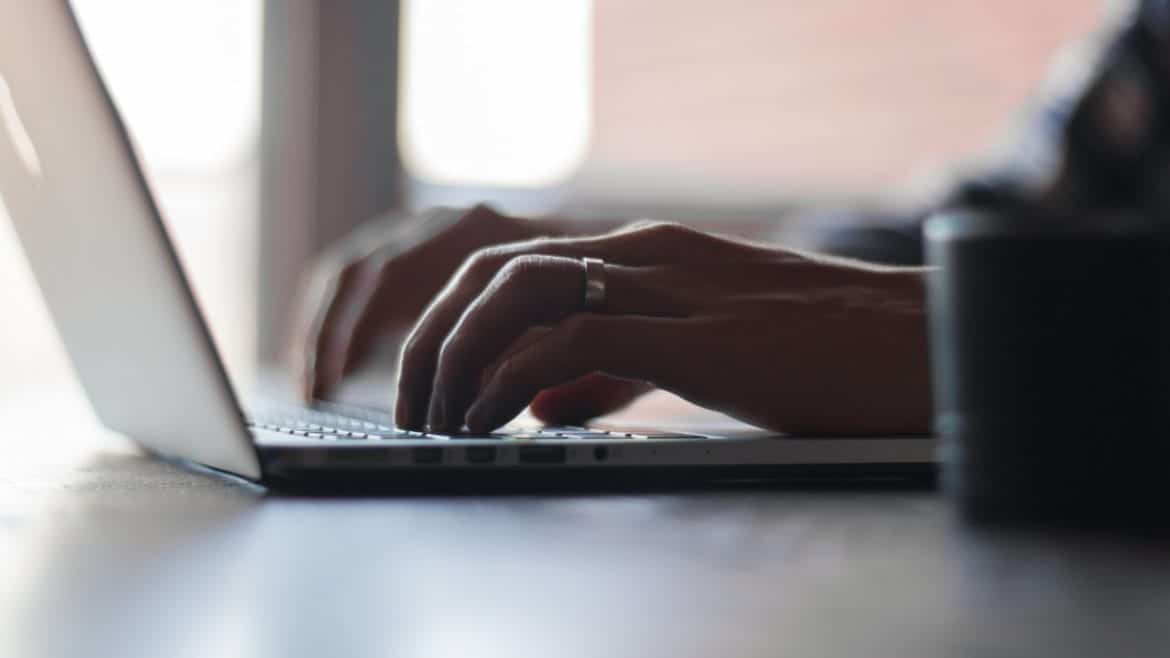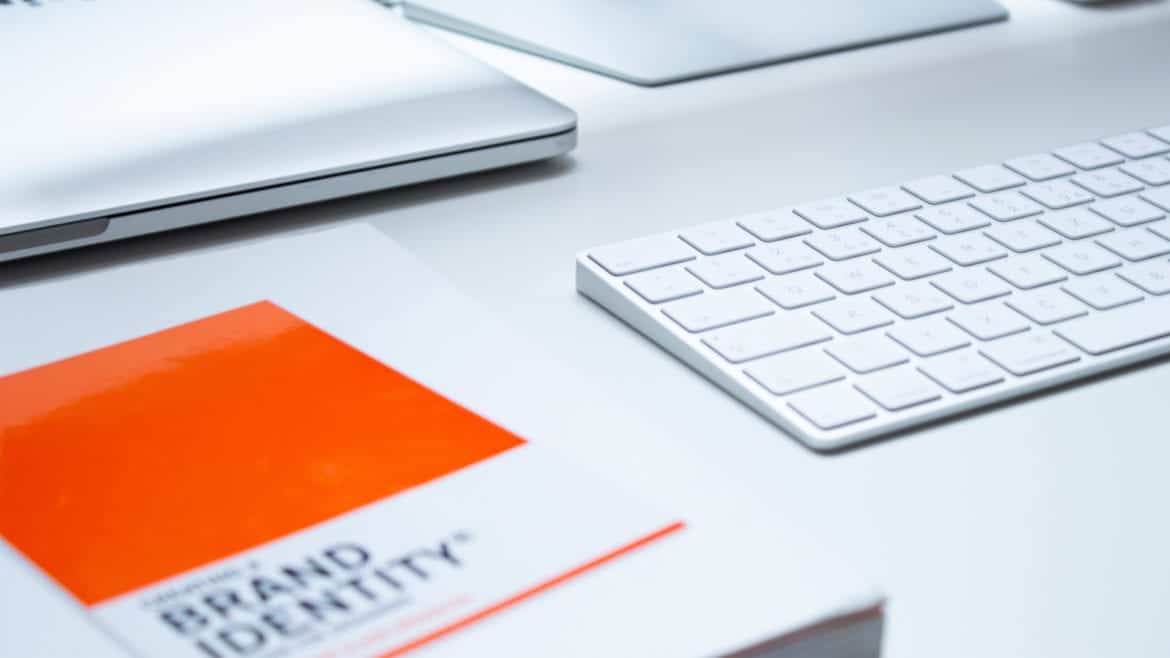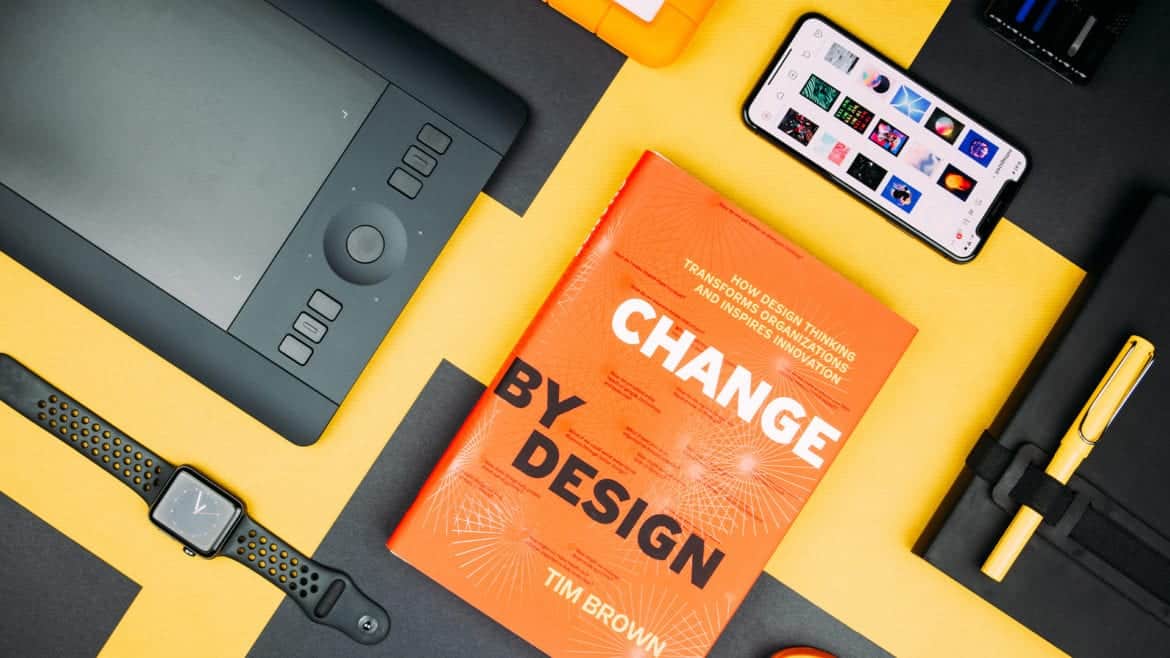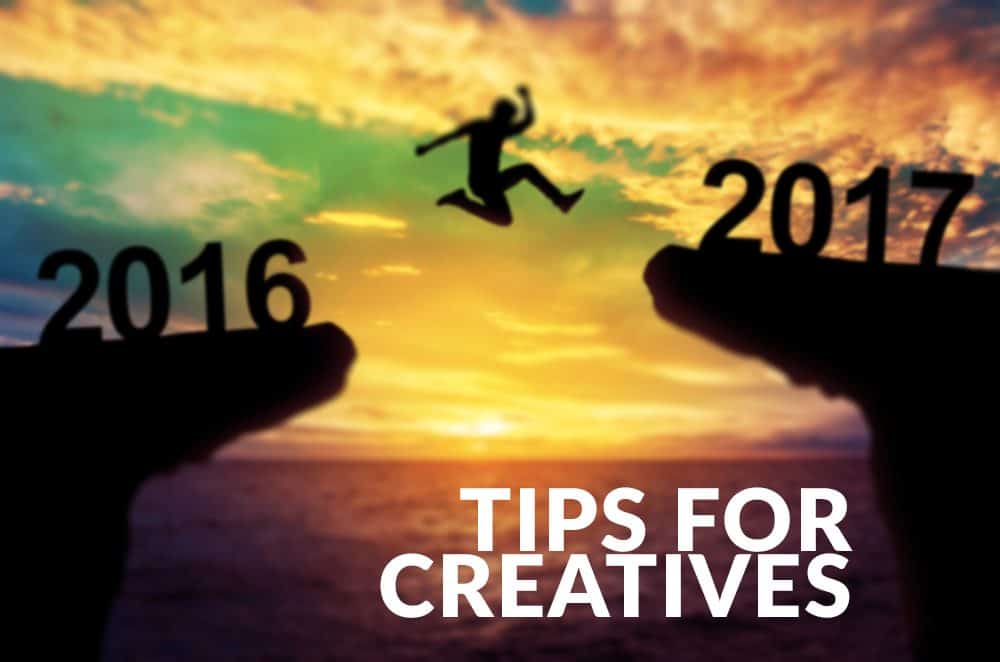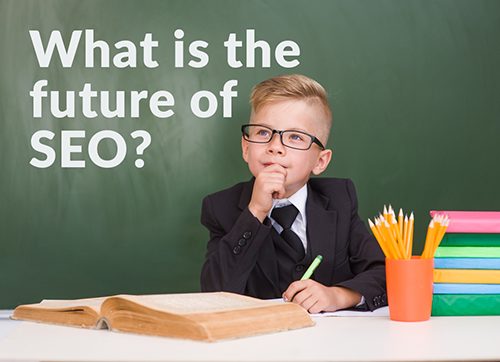Web Designers, in fact designers et al, have an … anxious … relationship with the idea of trends. On one hand, following the crowd feels wrong — after all, isn’t creativity doing anything but what everyone else is doing? To this line of thinking, the only value in knowing what’s trendy is knowing what you’re pushing against. You can’t simply do the opposite of a trend, of course. But knowing what the trends are makes it easier to subtly comment on and/or critique them.
1. Serious logo redesigns
In 2018, we saw several highly visible brands turn from delightfully eccentric brand identities to more … ahem … expected … sans serifs. Or, as I like to put it: All brands identities eventually result in a Helvetica version.
With the world’s biggest, most familiar brands all boasting serif-less logos, it’s little wonder that a step in that direction is seen as the hallmark of a company attaining maturity. In that sense, this is a kind of meta-trend we expect to see over and over again, and 2019 is unlikely to be an exception.
2. Outlined type
There’s something elusive about this kind of half-there, half-gone text that immediately draws in and holds the eye, demanding that you follow the letterforms to their natural conclusion. Which makes it a pretty handy technique for some memorable branding.
In a world where chunky sans serifs dominate branding, a visually lighter letterform certainly does capture a feel of traditional — but different. Which in the end is what any new brand needs: a sense that it’s both revolutionary and trustworthy.
3. More adventurous and vintage type
While logo design work may be continuing to trend toward homogeneity, we are seeing some more eccentric choices cropping up as well, such as Mailchimp’s adoption of the (in)famous Cooper Black typeface (of Tootsie Roll fame!) for its brand font. It seems that 2019 might be putting its quirkier, more nostalgic foot forward.
4. Inclusive design
Many lines have already been written about the importance of accessibility, but rebrand it as “Inclusive Design” and you’ve got a whole new unclaimed buzzword to write books and essays about!
All kidding aside, thinking about the needs of a diverse set of users is never a bad thing, and if it takes a trendy concept to help us do it, I’ll take it.
5. Design + Code
While we were all agonising over whether designers should learn to code, some of us quietly did just that — and used our newfound knowledge to develop better design tools. We’re seeing a new crop of design tools like Figma or Framer X that enable tighter integration with coding through APIs and plug-in systems.
6. Bold typography
For some reason, any list of design trends always has to include “bold typography.” Seeing as typography has been around since 1439, you can’t really go wrong with that one. (Well, except for that brief period back in 2013 when Apple decide everything should now be set in Helvetica Neue Ultra Light).
7. Different approaches to colour based on market position
In 2019, I expect to see more companies following the lead of other notable brands and pursuing softer and more approachable colour palettes.
In contrast, we’ll continue to see indie designers’ and makers’ companies carving out attention with bolder, more saturated, and opinionated colours. We’ll still see a heavy use of illustrations in an effort to humanise technology and more importantly, humanise the brand.
8. Mobile-first web design
Web design at the end of 2018 showed us an array of scroll-based animations and an inclusion of “timed animations” to help lead the eye down a marketing page. While this works well on the desktop breakpoint, we will see a more mobile-first approach to interactions in 2019. I’m looking forward to seeing how designers and developers bring facets of “desktop web design” into mobile-web design.
9. Too much motion
In Shakespeare’s As You Like It, Rosalind asks: “Can one desire too much of a good thing?”
Now, you’re probably wondering how we can possibly relate a pastoral comedy written in 1599 to 2019’s web design trends. Two words: motion design.
The trend towards animated and interactive elements is anything but new — and more importantly, it’s not going anywhere. Motion design can be a “good” thing in web design — when it helps users navigate sites.
The consequences of adding animations and interactions for the sake of visual flair, and not usability, can be far greater than simply distracting the user. In some cases, they can make it impossible, and even dangerous, for users to navigate your site. For example, any display that flickers, flashes, or blinks can trigger people with photosensitive epilepsy. While this design element certainly makes a site memorable, it can quickly become harmful if it’s not used correctly.
10. The year users fight back
Ever since the launch of smartphones and the rise of social networks, we’ve been revealing in an all-new level of connectedness. The world’s knowledge is at our fingertips. We can “befriend” (that’s right, kids: there was already a verb for that) almost anyone, anywhere. We “enjoy” constantly refreshing “feeds” of “content” “tailored” “just for us.”
And we’re growing tired of it all. We’re fed up with the invasiveness. The misdirection and dishonesty. The high-flown rhetoric about connecting the world in the face of news about leaks, media manipulation, and (maybe?) rigged elections.
We’re realising there’s a monkey on our backs. And it lives in our pockets. And has always and forever only meant the best for us.
But that realisation has many of us “users” wondering: is the price of admission worth the return on investment? Has the transformation from mobile “phone” to pocket-sized supercomputer cost us more than it’s brought us?
And if that’s the case: how can we correct the imbalance? Can we have our cake and eat it too?
But you, reading this, can’t just answer these questions as a “user.” You’re also, probably, a maker too. So in 2019, it’s time (it’s past time) to ask yourself:
What can I do to put people back in control of their engagement, their usage, their lives?
Have you been using any of these styles in your own work?
By John Moore Williams
